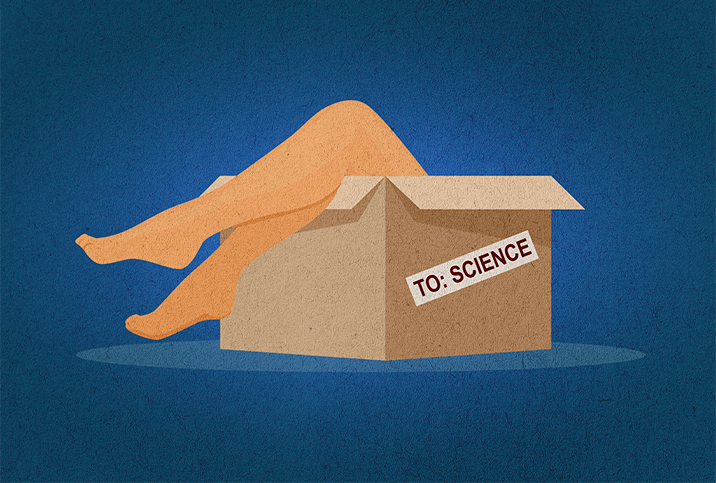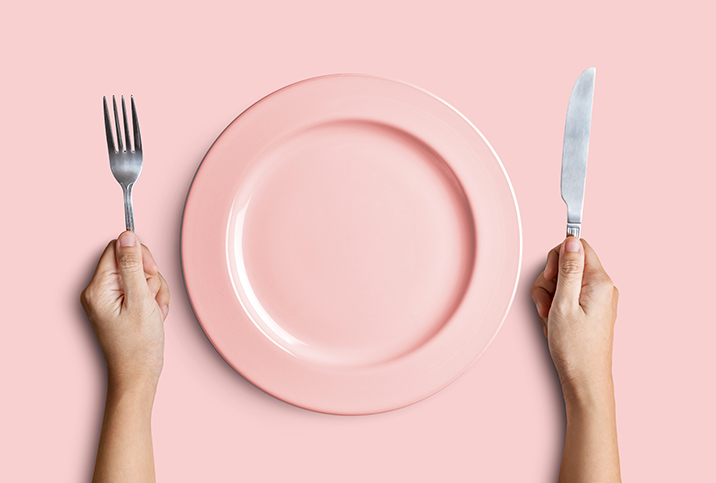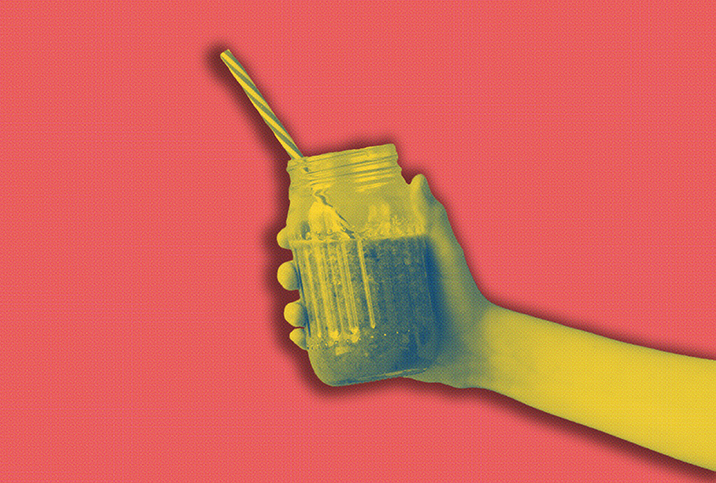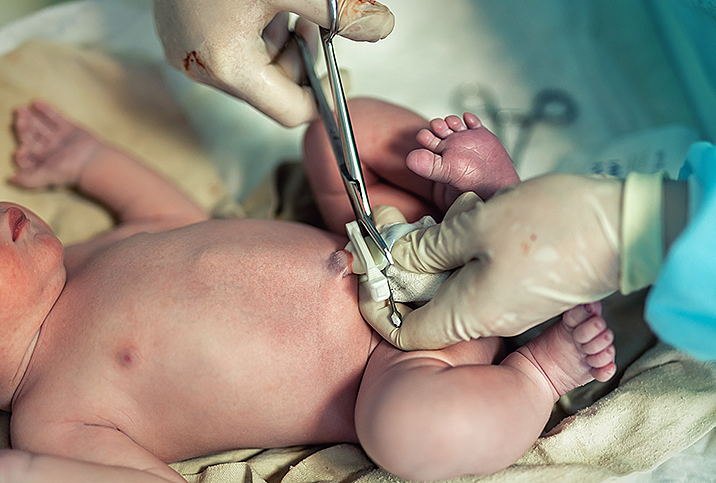Should You Donate Your Placenta?
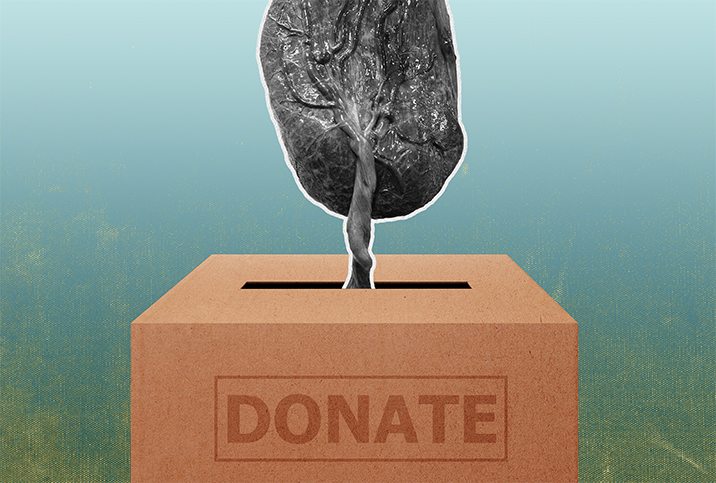
The placenta is the vitally important organ that supports the development of a baby from embryo until birth, but it can have a use after that if you are able to donate or bank it.
It is made during the first three months of pregnancy, and develops alongside the expanding uterus after the fourth month. Once fully grown, the placenta is 20 centimeters in length and 3 cm thick. It is also responsible for delivering vital antibodies to the baby during pregnancy.
The organ is attached to the baby with the umbilical cord, which can also be harvested for blood, a process known as cord blood banking. Blood can be taken from the placenta in the same procedure. While cord blood donation or banking is more popular, placenta donation and birth tissue banking are also possible. Stem cells can be harvested from both.
An Australian study of home-birthing parents found placentas can be more than clinical waste as they are honored in many ways, such as burying one beneath a chosen plant, consuming it or leaving it attached for a lotus birth.
David Berger, M.D., a board-certified pediatrician in Tampa, Florida, and founder of Dr. David MD, explained that the developing embryo makes the tissue for the placenta.
"As [it] develops, the placenta is where mother and fetus exchange gasses, such as oxygen and carbon dioxide, and nutrients," Berger said.
He added that the organ serves as a filter to protect the baby from any toxins in the mother's blood.
How is a placenta birthed?
There are two main ways for the placenta to be birthed, said Lesley Gilchrist, a registered midwife based in Harrogate, England, and the co-founder of My Expert Midwife. The body's expulsion of the placenta is known as the third stage of labor.
"It can be birthed naturally or an injection can be given, and with help from the midwife, it is eased out by manipulating the umbilical cord attached to it," Gilchrist said.
In a straightforward birth, the placenta can usually be delivered naturally, but with a more complicated delivery, a midwife may advise active management to get it out and avoid any further problems, Gilchrist said.
Anything that happens during birth can affect the placenta, and organizations and hospital facilities may have differing guidelines for collecting it.
One aspect to consider is when to clamp the umbilical cord, which is the process that stops the blood transfer from the organ to the baby. It is important to remember that where possible, "cord blood belongs in the baby as it has many short- and long-term benefits for them," Gilchrist said. She pointed out that the World Health Organization (WHO) recommends a delay of one to three minutes before cutting the cord after birth.
She described the benefits to the baby as:
- The baby can gain up to 30 percent more blood volume from delayed cord clamping than if the cord is clamped immediately.
- Helps provide oxygen to the brain and other organs while the baby transitions to regular breathing.
- An increase in hemoglobin and iron levels can support their neurodevelopment.
- Stem cells offer protection against conditions that may affect them in the future.
What to do after you give birth to your placenta
"Women who are older than 18, whose gestation is at least 34 weeks or more, and meets other eligibility requirements can donate her placenta," explained Monte Swarup, M.D., a board-certified OB-GYN in Chandler, Arizona, and the founder of Vaginal Health Hub.
Gilchrist explained that placentas and membranes can now also be banked along with cord blood, as well as donated. The process is much the same for either, as companies are on call 24 hours a day and collection takes place in the delivery suite.
"It is important to note, donating your placenta poses no risk to your baby or your health," Swarup assured. "The placenta will not be recovered until your baby is delivered safely."
Once donated, the viability of the placenta is confirmed through screening tests that check for infection, Berger said. He affirmed that if no plan is made for the placenta, it is typically discarded as medical waste.
If you do want to donate your placenta, it's important to do your research ahead of time. One large organization that receives organs of all kinds is the American Association of Tissue Banks (AATB), which was established in 1976.
AATB CEO Marc Pearce said it is important for establishments to aim for "the highest quality standards for collecting, testing, processing and distributing donated human tissue."
'Several organizations exist that accept donations, and these are often the same ones that accept other organs.'
He said his association acquires the majority of its birth tissue after delivery by C-section. The purpose of these donations is to develop tissue-based products for wound coverings typically used to treat diabetic and venous ulcers, he said. They are also used as part of medical research into new treatments.
"Several organizations exist that accept donations, and these are often the same ones that accept other organs," Berger said.
He suggested that prospective parents speak with their doctor about the logistics in their area because the process can vary depending on location.
It is important to be open-minded during labor and delivery as the situation can change quickly and this may affect the process or eligibility of the donation or banking of any blood or birth tissue.
"Birth can be unpredictable," Gilchrist said. "This includes emergency situations such as hemorrhaging or an emergency C-section where the care of mum and baby during this time takes priority."












